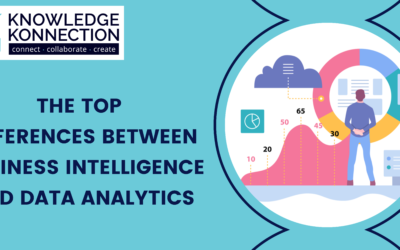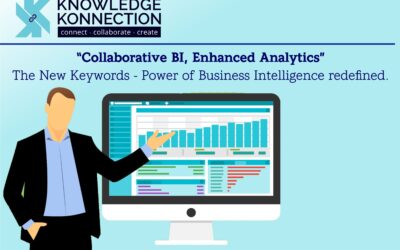“Explore – Choose – Create – Share” Your Dashboard

The 4 Easy Steps to Create Your First Power BI Dashboard
An introduction to Microsoft Power BI data visualization for beginners
By simplifying complex facts and figures, data visualization can reveal actionable business insights from raw data. Data visualization is one of Microsoft’s pillar products. Power BI lt= 4 Weeks Power BI Program is a free web service or comes with Office 365 business. Creating a custom dashboard report is as easy as clicking a few mouse buttons.
Before you begin using the visualization tool Power BI, make sure that you have registered for an account. You can use your corporate email address or if you are a student, use your university email address, to signup.
Once you have completed the registration process, follow this step-by-step tutorial and create your custom dashboard.
Step 1: Gather the data
Once you launch Power BI, your first step is to gain access to the data you wish to analyze.
A Microsoft Excel workbook can be used to import your dataset. Using Office 365, click the Get Data button on the bottom of the navigation pane or lower left corner of the screen to access Power BI.
Files are available in the navigation pane. Click Files and navigate to where your Excel Workbook is located. Select your file by clicking the Connect button. Processing takes a little while, and the length of the file has a large impact on the processing time.
After the file has been imported, you will see a blank workspace. From the navigation pane on the left, choose the dataset you have imported. The blank workspace should then change into a visualization creation tool. You will see navigation panes on the right with a multitude of options.
Step 2: Explore your dashboard
Power BI provides various icons for representing different visualizations. There are a variety of charts available such as bar graphs, column graphs, stacked bar graphs and columns, pies, half-donuts, line graphs, area graphs, and waterfall charts – all presented using icons. Take the time to familiarize yourself with these charts.
The right pane also has a Fields section which allows you to choose and switch between various data fields.
Consider the following example: suppose the dataset you imported has a table with columns (fields) like employee name, employee age in years, salary range, salary increase over the last 10 years, employee address, and employee ID.
In the right pane, you can select a chart type based on what you want to display by checking the checkbox for each data field.
To display a pie chart of employee salary ranges, you can check the age checkbox in the right pane and then select the chart type. Pie charts are the best way to show how many employees have salaries in the various salary ranges.
Step 3: Choose the right chart
You have created your dashboard and are well on your way, but choosing the right kind of chart for the kind of data you have will be equally important. Data visualization can present false indicators if it is not done properly.
Here are some strategies to keep in mind:
There are four general classifications of charts based on their functionality:
- Distribution
- Composition
- Comparison
- Relationship
Pie charts are most useful for showing composition as a percentage. Just make sure all values sum to one hundred.
Comparison and composition are shown together in stacked charts.
Scatter plots are the best way to visualize a relationship between two variables. A good example would be to examine how the number of years an employee has worked for the company varies by salary.
Bar charts and column charts are mostly used for distribution and comparison. You can display the salary range versus the number of employees on a bar chart. This can show a comparison among different ranges of salary. They can also be used to show periodic data.
Line charts and area charts are used for comparison. They are the most suitable for viewing time series data. For instance, if you wish to see how the salary of an employee has grown over the last 10 years, a line chart will give you the best visual representation.
Step 4: Save & publish your dashboard
The dashboard has been created and populated with insightful charts. Click on the Save button on the toolbar. The charts in Power BI will keep updating as the Excel sheet is updated since they are based on Excel data.
In addition, you can share the dashboard with your colleagues via the Power BI service.
Custom Power BI data visualization
It’s easy to get started with Microsoft’s premier data visualization software. Customizing Power BI for your organization and gaining maximum insight into your business data, however, is more challenging.







Recent Comments